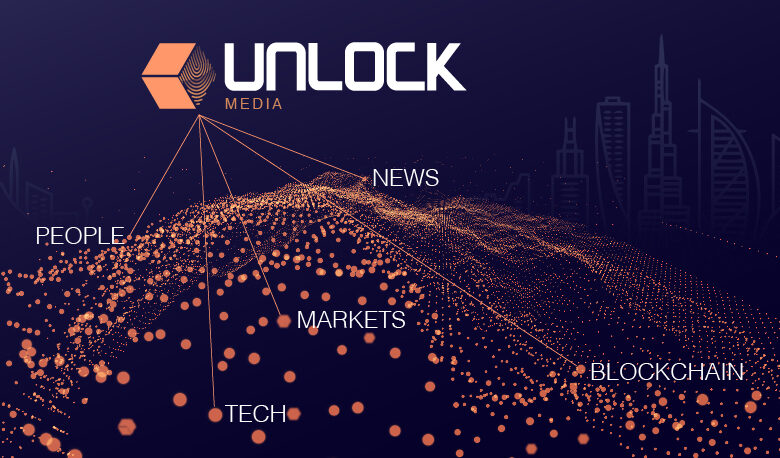What are Security Asset tokens and why are they the next big thing?

What is a Security/Asset Token?
A Security, on one hand can be defined as a “fungible, negotiable financial instrument holding some form of monetary value,” i.e., an investment product backed by a real-world asset such as a company or property. On the other hand, a security token can simply be defined as representing the ownership information of the underlying investment product, recorded on a blockchain.
The advent of Distributed Ledger Technology (DLT) as the underlying conceptual technology facilitating blockchains along with the perceived multiplicity and diversity of its uses has allowed for newer and broader avenues of fund-raising for individuals and businesses. A key contribution of blockchain and DLT is the ability to facilitate the ‘tokenization’ of assets. Asset/ Security Tokenization involves the representation of pre-existing real assets on a distributed ledger through the linking or embedding by convention, the economic value and rights derived from these assets into digital tokens created on the blockchain.
Some examples of assets represented by the issuance of Security/Asset tokens include – shares, participation certificates, bonds, collective Investment Schemes, derivatives, titles representative of property and more. These tokens act as an instrument which enables a person to claim the right of ownership and a share of future profits or cash flows.
What are the types of Security Token?
Most jurisdictions have limited the definition of security tokens under the definition of the applicable securities regulations, to mean tokens which exhibit the characteristics of securities. Here are the different types of Security Tokens –
- Equity tokens/ share tokens refer to tokens which mirror the behaviour of a share, allowing investors to participate in the voting process of a company, receive a share of their profits, receive dividends, and exercise the rights as shareholders of an entity. These equity tokens are differentiated from the traditional stock by the method used to record the ownership. Traditional stocks are logged onto a database with the records then being represented by a paper certificate, whereas in the case of equity tokens, the tokens are recorded on an immutable blockchain essentially digitizing the traditional means of recording.
- Tokenized Fund Units refer to tokens which act like the units of the funds it represents. Such tokens shall entitle the token holders to the same dividends, profits and rights, as that of a unit holder.
- Asset Tokens refers to the type of tokens which are dependent on real-world assets such as land, art, or even property and equipment. Asset-backed tokens are most commonly seen in real estate projects and infrastructure related activities, entitling the holders the right to timeshare, profits and title in some cases. For instance, Securrency and Vertalo recently partnered with Invenium Capital Partners to tokenize over $260 million worth of real estate assets throughout the United States.
- Debt Tokens/ Tokenized bonds Debt tokens and tokenized bonds act as loans on the company and entitle the creditors with the same rights as regular debentures, bonds and debt instruments.
What is a Security Token Offering (STO)?
The process with which a security is issued in the form of a digital financial asset is called a ‘Security Token Offering’. These STOs are differentiated from traditional securities as, the tokens in a STO are issued on a blockchain while IPOs issue share certificates on traditional markets. STOs can be championed as an ideal example of how blockchain technology and the traditional financial mechanisms can merge, operate collectively while providing stakeholders, the best of both worlds.
STOs can also be viewed as a hybrid approach between cryptocurrency ICOs and the more traditional IPOs because of its overlap with both of these methods of investment fundraising. Moreover, a security token will be backed by a real-world asset, which makes it a lot easier to assess whether or not the token is priced fairly in relation to the underlying asset. Another major benefit of STOs lies with the removal of middlemen, such as banks and brokerages, making it a cheaper alternative thereto.
Holistically, tokenisation can facilitate the exchange of value without any central authority figure, removing intermediaries from a plethora of businesses we all interact with, daily and further creating room for efficiency gains driven by such dis-intermediation.
Recent fraudulent activities in the ICO space, has heavily and negatively impacted its market trustworthiness. In fact, the top 10 biggest ICO scams total a fraud of whopping $687.4 million! However, STOs, seen as a regulatory-compliant successor to ICOs, have a remarkable potential to attract more people to adopt newer and more effective technological methods.
INX Trading Solutions is a terrific example. Mooted as the first SEC (US) registered STO, it now aims to combine both the promise and potential of blockchain in a regulated manner after an irrational ICO stint in 2017 with negligible regulation. This STO is worth a whopping $117 million dollars! COSIMO X valued at $100 million is another company that is trying at gaining exposure to emerging deep technologies through regulation. One Cycle MagNo Security Tokens (£7 million) are yet another worthy mention, wherein each token is backed by 10 grams of Magnesium Oxide Nanoparticles that One Cycle produces.
In so many words, it can be said that STOs are the next big thing! As these ‘programmable securities’ offer a midpoint between technology and regulation.





